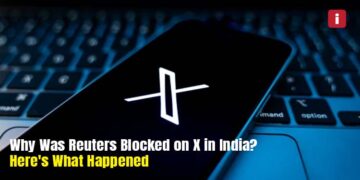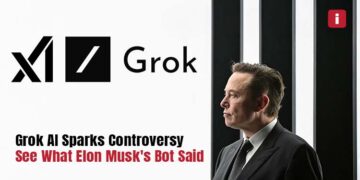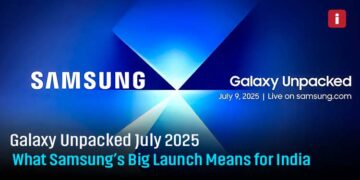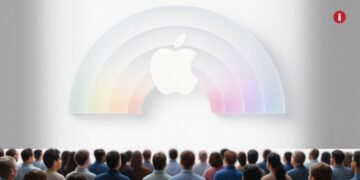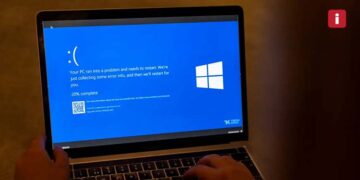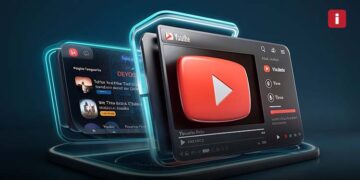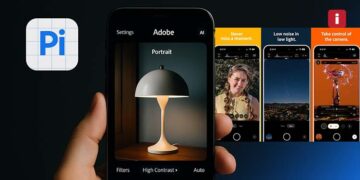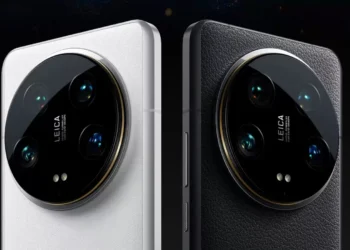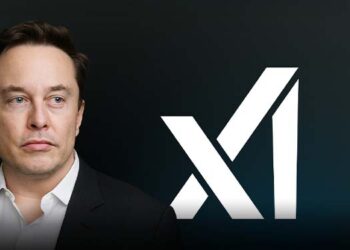At the start of 2025, tech enthusiasts worldwide were abuzz with anticipation. Apple and Samsung longtime industry titans unleashed their flagship weapons: Apple introduced the budget-conscious yet powerful iPhone 16e, while Samsung returned fire with its innovative Galaxy S25 series. Both launches carried sky-high expectations, and for a moment, it seemed like they’d dominate the year.
But as Q1 drew to a close, the initial momentum began to wane. What began as a thrilling sprint turned into a cautious jog, with both giants facing challenges that tempered their early success. Let’s explore the highs, the hurdles, and what this means for the future of smartphones.
A Promising Start for Apple and Samsung
Apple’s iPhone 16e, unveiled in late February, marked a strategic shift. Priced at $599, it was pitched as an accessible on-ramp to the Apple ecosystem—perfect for those upgrading from older SE models. Sporting the A18 chip and Apple Intelligence features, the 16e blended modern performance with a compact form factor. Early reviews applauded its speed, battery life, and affordability, with strong sales especially in the U.S. and Europe.
On the other side, Samsung’s Galaxy S25 series launched slightly later than expected. The lineup included the standard S25, the premium S25 Ultra, and the surprise reveal—S25 Edge, with a razor-thin profile. Packed with the Snapdragon 8 Elite chip, Galaxy AI enhancements, and 120Hz displays, the S25 series aimed squarely at power users. The delayed release didn’t seem to hurt Samsung at first. Social media lit up with comparisons, unboxings, and first impressions.
The Peak: A Heated Rivalry
By mid-March, both companies were riding high.
Apple’s 16e was selling briskly, especially in regions where its price undercut mid-range Android rivals like Xiaomi’s A series. Meanwhile, Samsung’s S25 Ultra garnered praise for its camera system and stylus support, targeting productivity lovers and creators alike.
Online discussions reflected the rivalry’s intensity. One viral post on X claimed Samsung had sold over 60 million units in Q1—a bold figure. However, Counterpoint Research reported a different twist: Apple edged out Samsung in global market share, capturing 19% vs. Samsung’s 18%, largely due to the iPhone 16e’s early availability and the S25’s later start.
The race was close, and tech analysts debated which strategy was smarter: Apple’s earlier launch of a budget model, or Samsung’s delayed release of a more segmented lineup.
The Slowdown Begins
As March turned into April, the excitement began to fade.
For Apple, the iPhone 16e had a strong start—but reality caught up. Its single-camera system, lack of MagSafe, and absence of premium features like ultrawide photography drew criticism. Consumers began questioning whether the $599 price tag truly delivered value, especially as more feature-rich Android options hovered around the same price point.
Samsung wasn’t immune either. While the S25 Ultra remained a favorite among tech enthusiasts, the buzz around the S25 Edge dimmed due to its delayed release until May. That meant one of Samsung’s most hyped devices wasn’t available during the critical Q1 buying window. The excitement cooled as some buyers decided to wait—or looked elsewhere.
What Went Wrong?
The challenges were strategic as much as technical.
For Apple, the 16e walked a fine line between affordable and compromised. It appealed to upgraders from much older models, but it didn’t resonate as strongly with the broader mid-range market, where Android brands like Xiaomi, OnePlus, and Realme continue to innovate aggressively.
For Samsung, fragmentation may have diluted momentum. With three models and staggered releases, consumers were either confused or hesitant to make a purchase decision. Add to that the rising expectations from Galaxy AI and some underwhelming real-world use cases, and the buzz cooled faster than expected.
Globally, market conditions also played a role. Smartphone growth remained slow, hovering around 3% YoY, and brands were essentially fighting over the same pie. Xiaomi held onto a 14% share, and its aggressive pricing strategy clearly drew in budget-conscious users who might have otherwise opted for the iPhone 16e or Galaxy S25 base model.
Looking Ahead: A Marathon, Not a Sprint
Now, in mid-April, it’s clear that Q1 2025 was a tale of two halves. Apple’s iPhone 16e gave the company an early lead, but its limitations became more apparent over time. Samsung’s S25 lineup showed promise, but its delayed rollout—particularly the S25 Edge—may have muted its full impact.
That said, both companies have plenty of room to bounce back.
Apple’s iPhone 17 rumors are already swirling, promising major upgrades that could refocus attention in the fall. Samsung, too, is gearing up for the Edge’s global release and likely has plans for foldables or a summer refresh to reignite excitement.
Final Thoughts: Did They Live Up to the Hype?
So, did the iPhone 16e and Galaxy S25 series live up to the hype? For some, absolutely. For others, they were a reminder that innovation must go beyond flashy specs—it has to sustain momentum.
As always, the real verdict lies with you—the users.
Did you upgrade to the iPhone 16e or the Galaxy S25?
Were the features worth the wait (or the price)?
Let us know your thoughts in the comm



